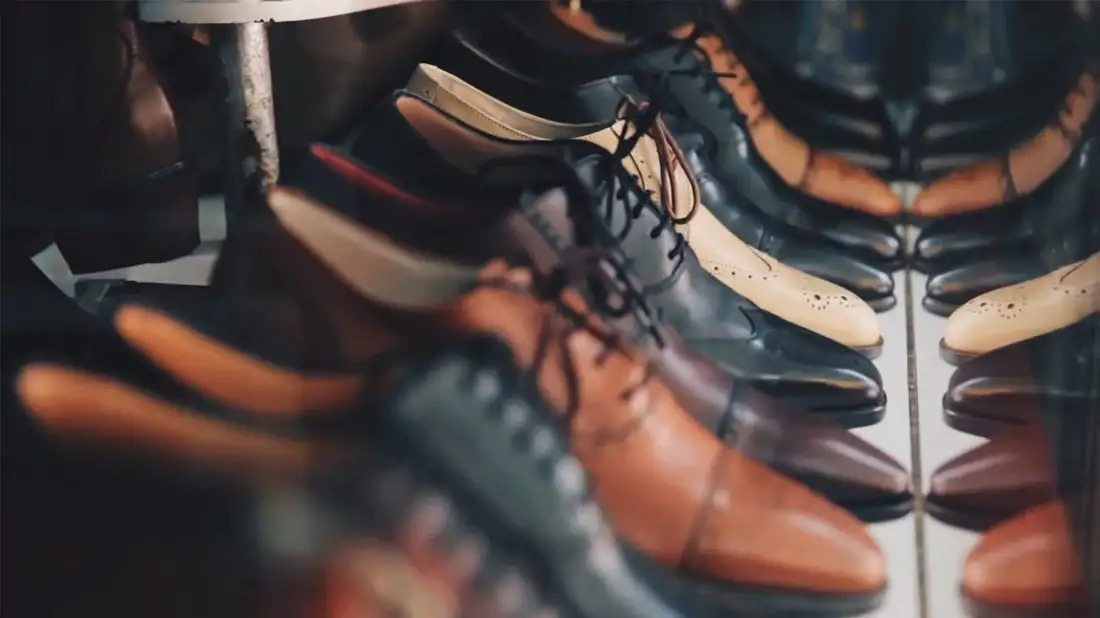
Earlier this year, towards the end of January, the predominant mood in Chennai Trade Center complex was one of optimism. The 35th edition of India International Leather Fair was being held in the sprawling complex. The leather fair is not only an annual ritual for many business owners, it also highlights the importance of face-to-face meetings and the need to touch and feel the products they are dealing with.
Many of them who attended the fair from the Vellore leather cluster about 150 kms west of Chennai; expected to do slightly better than they did the last year. In 2018–19, India exported $5.6 billion worth of leather and leather products. Tamil Nadu accounts for more than a third of the exports. Much of the leather production in the state was concentrated around the Vellore-Ranipet-Vaniambadi cluster. The industry employs over 1.5 lakh people.
The global pandemic hit them hard. Their customers were calling up to cancel their orders. (By May, over Rs 1 lakh export orders were cancelled). In many cases, the consignments were not being picked up from the ports, and the payments virtually stopped. The production had come to a halt too because of the lockdown. All of this happened right in the middle of our peak season, a tannery owner said. The business in March and April was just about 10–20% of what it was during the same period last year.
By May, the lockdown gradually lifted. But the demand had not picked up. ‘You don’t go for a new pair of shoes or a bag when you are working from home,’ an exporter based in Chennai said. The lack of demand and cash crunch that many businesses were facing resulted in thousands of job losses. By one estimate 75,000 people or nearly half of the workers in the cluster lost their jobs during the pandemic.
It’s not just in India. In a survey on tanners conducted by International Leather Maker, more than half of the respondents said the pandemic will have a significantly negative impact on their businesses, while a quarter said it will have a severe negative impact.
Now, however, as the lockdown is getting lifted across the world, the demand is trickling back. It’s not as good as it was last year. But it is not as bad as it was in March or April.
However, in a sector that is dependent on face-to-face conversations and live examination of goods, many are facing the challenge of — engaging with their customers. However, digital means is solving some of that problem. Council for Leather Exports has started experimenting with virtual fairs in some Latin American and South-East Asian markets. Some are being planned for Europe. Businesses are adapting to the change, and discovering the advantages of doing business digitally, a CLE official said.
The big question is whether they will continue to leverage digital technology even after things turn normal.
